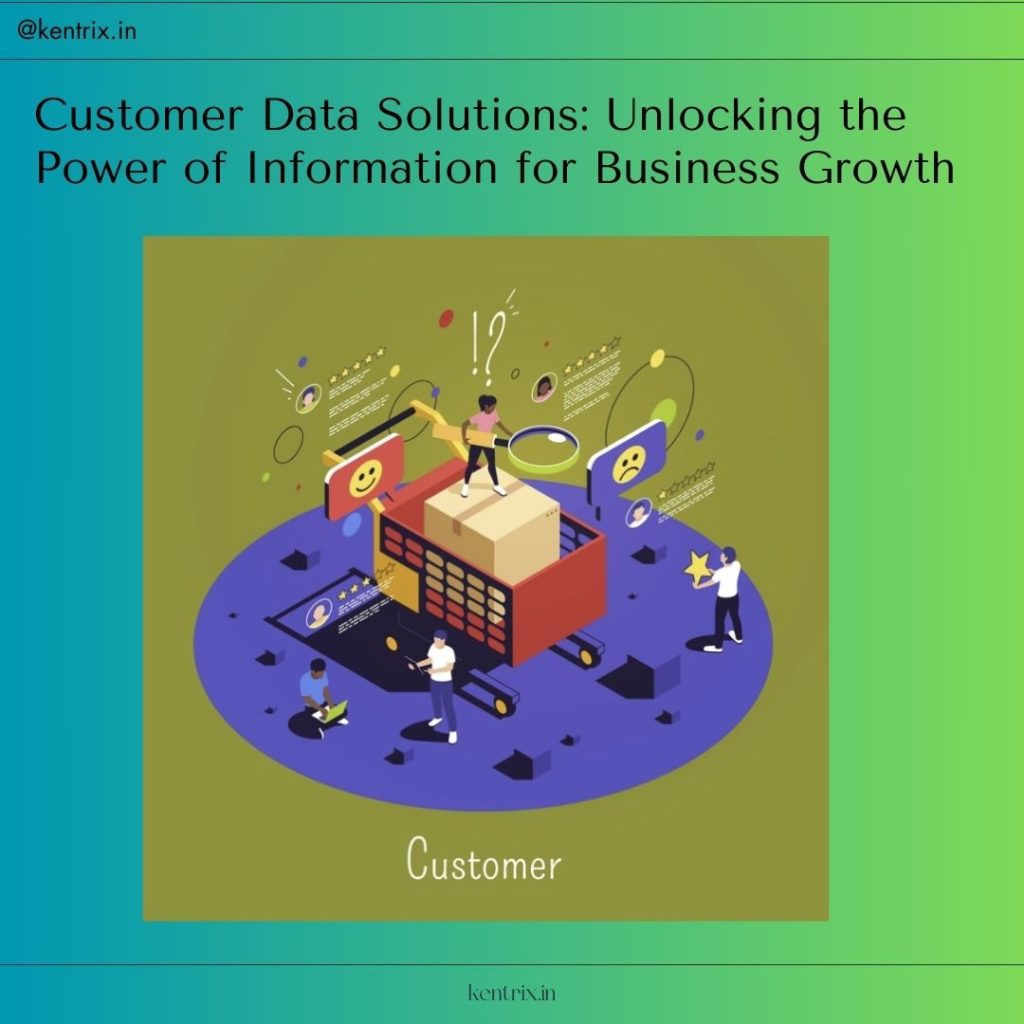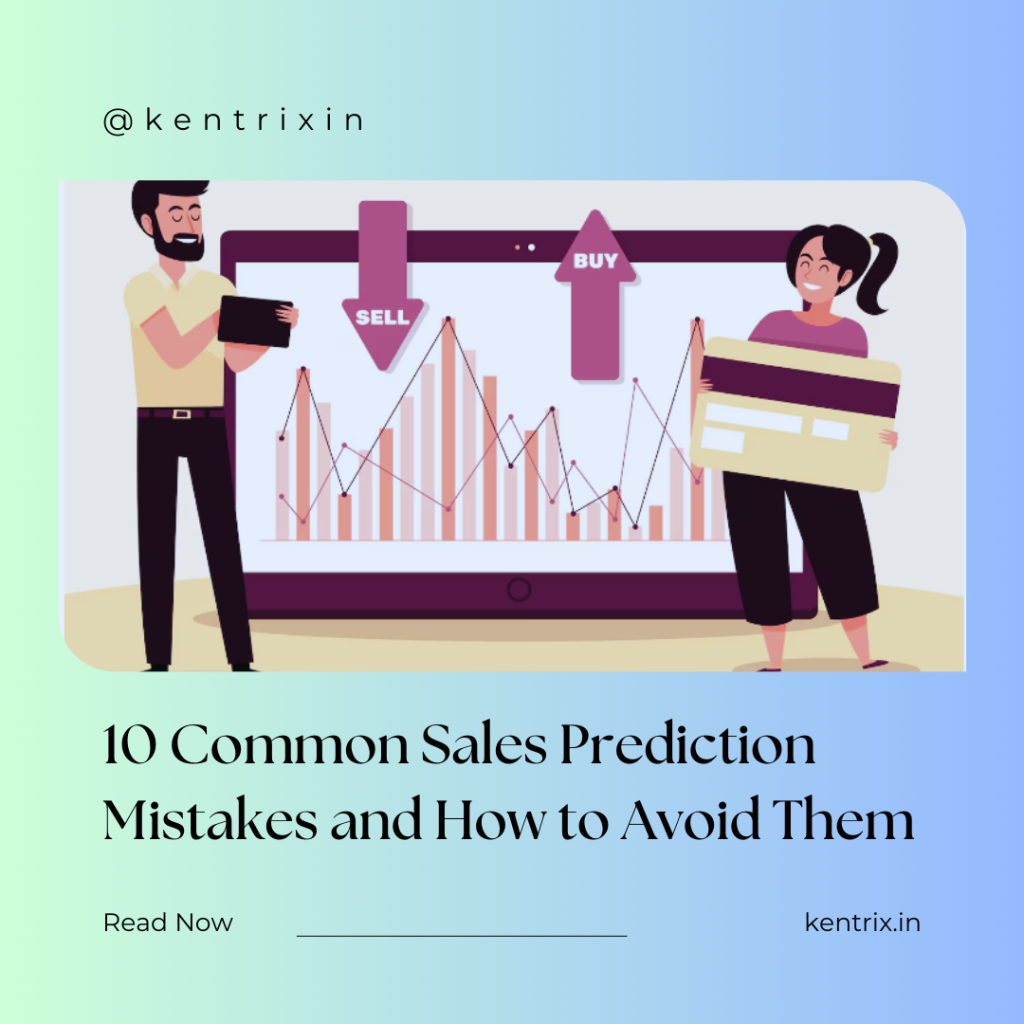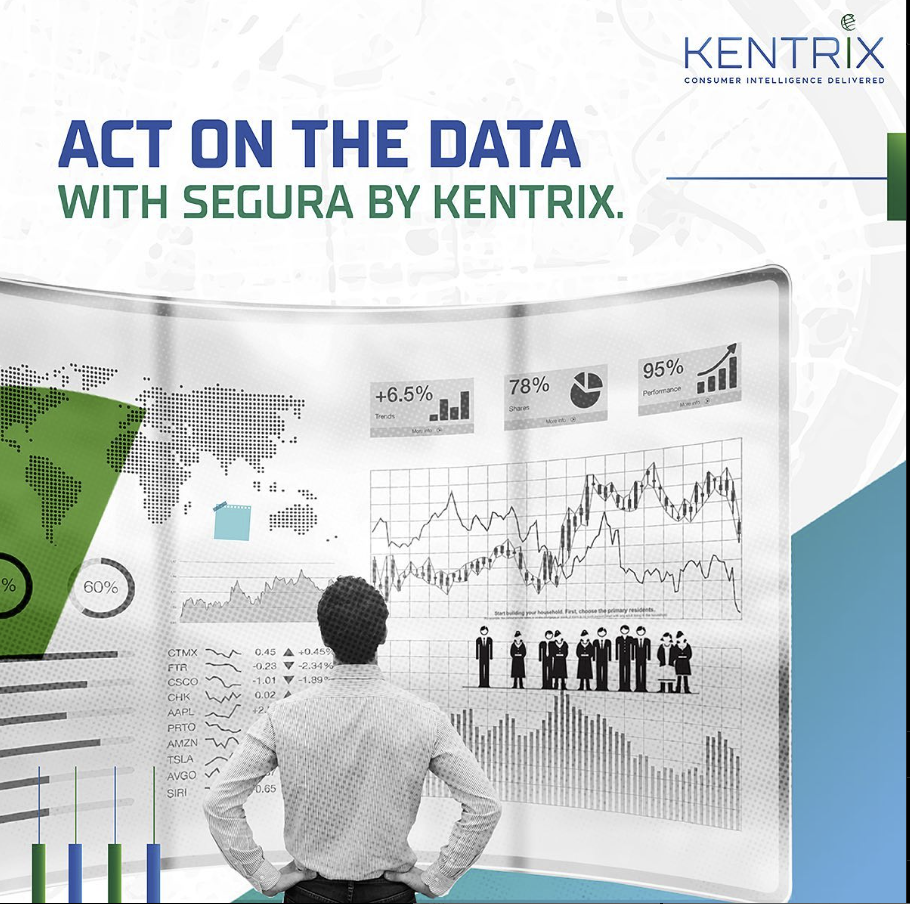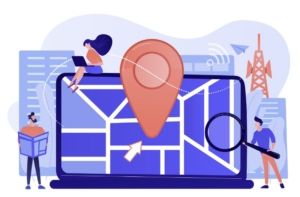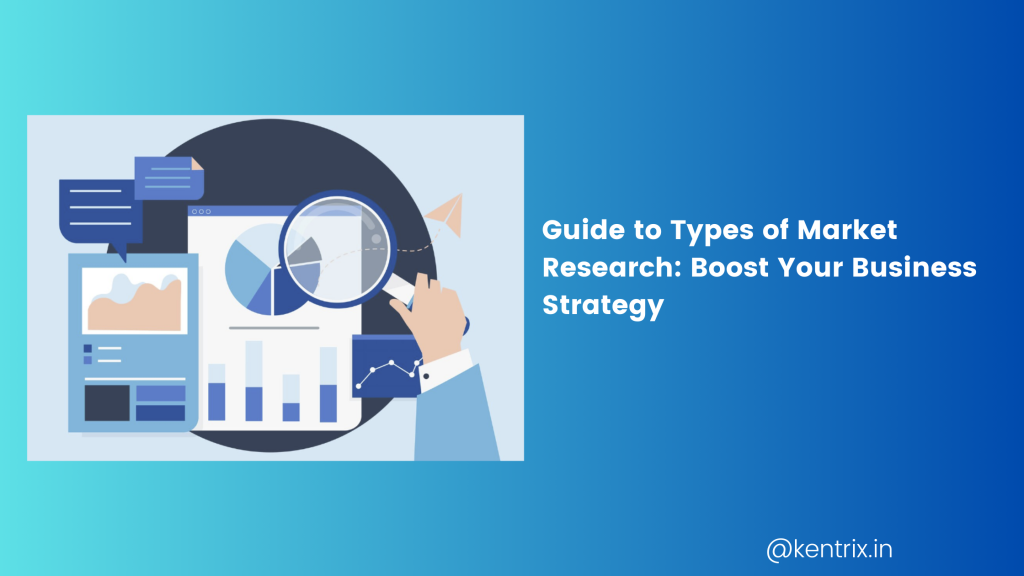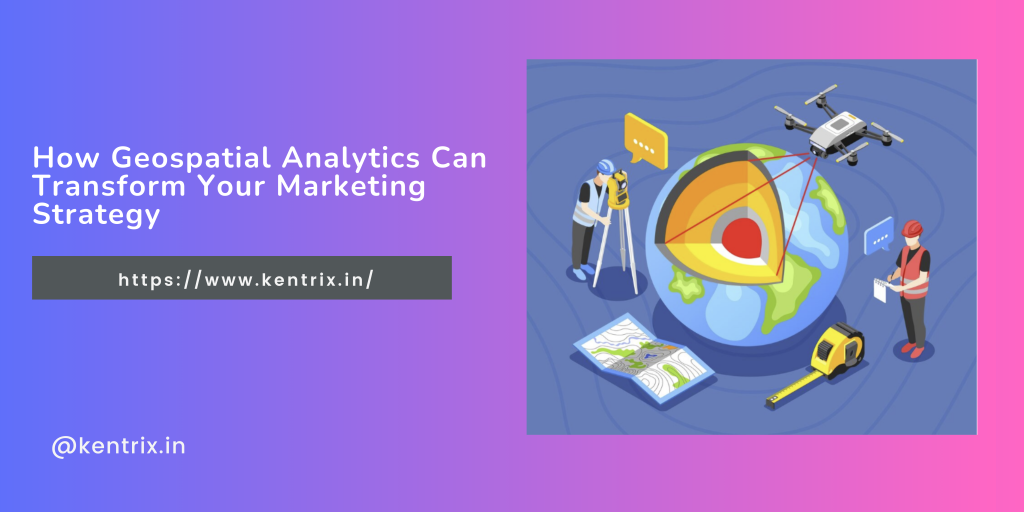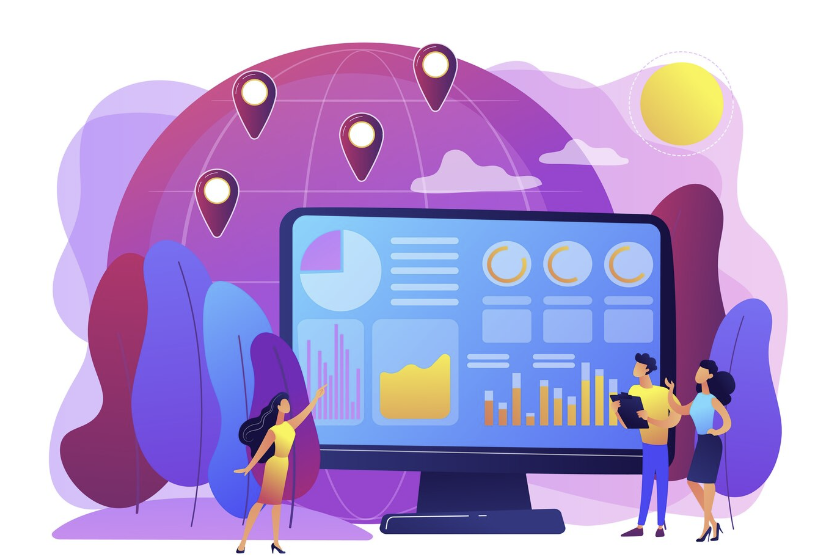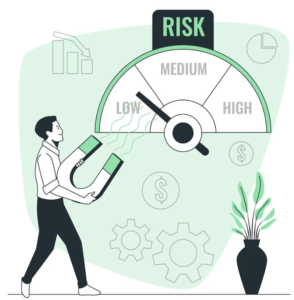Introduction
In the ever-evolving world of business, managing risks is crucial for survival and growth. One often overlooked area is customer risk management. Let’s understand what it is and why it is important. Customer risk management involves identifying, assessing, and mitigating risks associated with your customers. This could include financial risks, reputational risks, or even compliance-related risks. In this guide, we’ll explore why customer risk management is essential and how you can implement it effectively in your business.
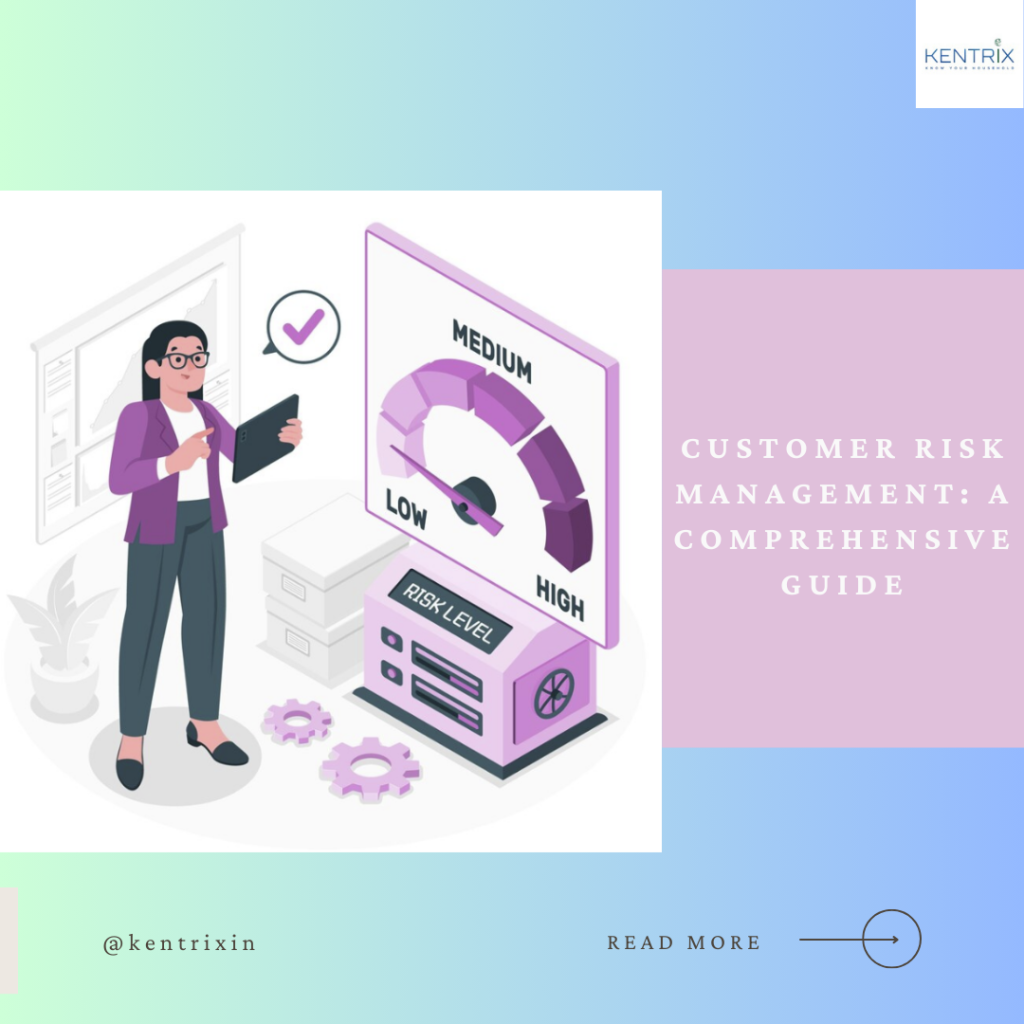
What is Customer Risk?
Definition of Customer Risk
Customer risk refers to the potential hazards that a customer might bring to a business. This could be in the form of non-payment, damaging your brand’s reputation, or failing to comply with regulations. Identifying the risks involved is the first step in managing them effectively.
Types of Customer Risks
Financial Risks
One of the most common types of customer risk is financial risk. This includes the possibility of a customer not paying their invoices or defaulting on a loan or payment. Financial risks can drastically and negatively impact your cash flow and profitability.
Reputational Risks
Reputational risks occur when a customer’s actions or associations negatively affect your brand’s image. This can lead to a loss of trust and potentially drive other customers away.
Compliance Risks
Compliance risks arise when a customer fails to meet regulatory standards, which can put your business in a difficult legal position. This is particularly critical in industries like finance and healthcare.
The Role of Customer Risk Management
Why Businesses Need Customer Risk Management
Every business interacts with customers, and each interaction carries a certain level of risk. Without proper management, these risks can escalate into major issues that threaten the stability of your company. By implementing customer risk management, you can identify potential risks early and take steps to mitigate them.
Key Objectives of Customer Risk Management
The main goal of customer risk management is to protect your business from potential threats posed by customers. This includes safeguarding your financial assets, maintaining your brand’s reputation, and ensuring compliance with all relevant regulations.
Also Read: Customer Data Solutions: Unlocking the Power of Information for Business Growth
Identifying Customer Risks
Methods for Identifying Customer Risks
Identifying customer risks is the foundation of effective risk management. There are several methods you can use, such as analyzing customer behavior, conducting credit checks, and monitoring social media for potential red flags.
importance of Data Analysis in Risk Identification
Data analysis plays a crucial role in identifying risks. By examining customer data, you can spot trends and patterns that may indicate potential risks. For example, a sudden increase in late payments might suggest that a customer is experiencing financial difficulties.
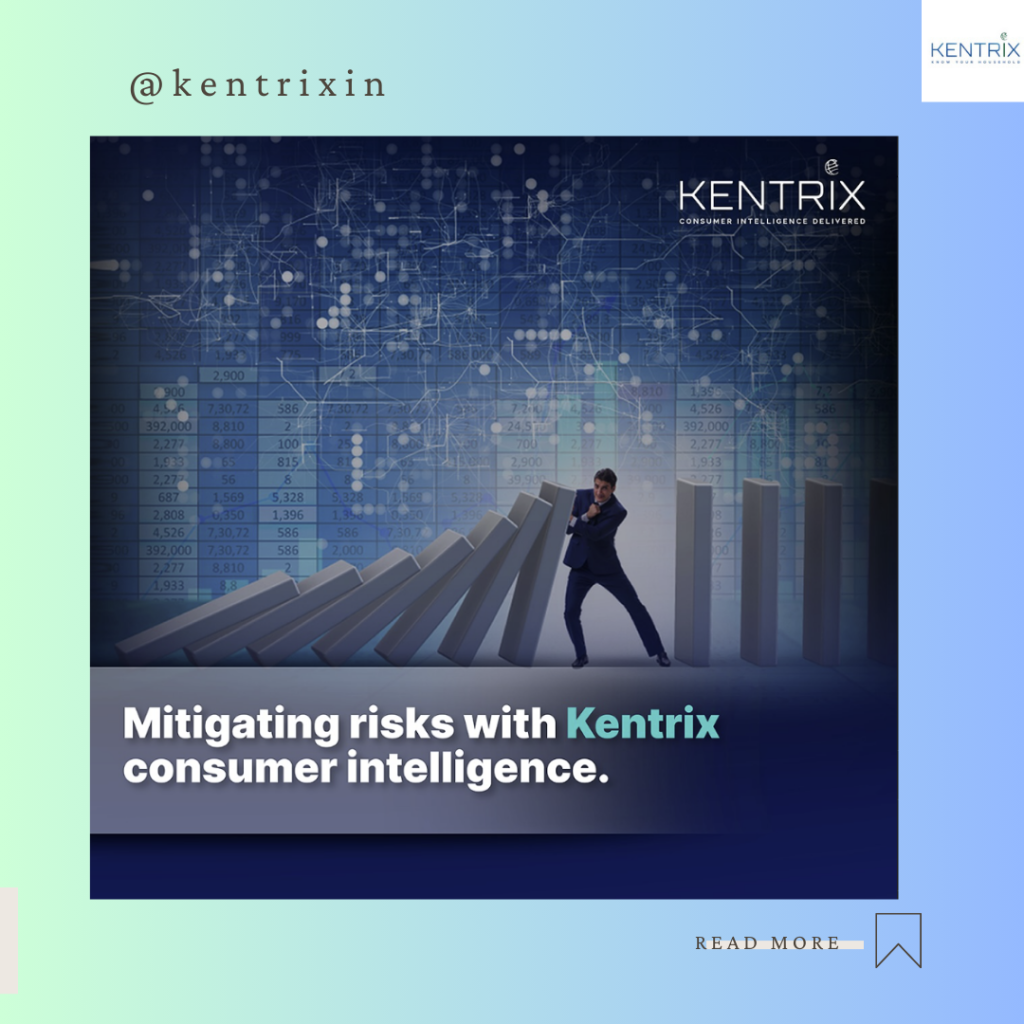
Assessing Customer Risks
Risk Assessment Models
There are various models you can use to assess customer risks. These include the Probability-Impact Matrix, which helps you determine the likelihood and impact of a risk, and the Risk Severity Matrix, which categorizes risks based on their severity.
Quantitative vs. Qualitative Risk Assessment
Quantitative risk assessment involves using numerical data to evaluate risks, such as financial metrics. Qualitative risk assessment relies on subjective judgments and expert opinions to assess risks. Both approaches are important and should be used together for a comprehensive assessment.
Tools for Risk Assessment
There are numerous tools available to help with risk assessment, including software that can automate the process. These tools can analyze large amounts of data quickly and provide insights that would be difficult to obtain manually.
Mitigating Customer Risks
Risk Mitigation Strategies
Diversification
One effective risk mitigation strategy is diversification. By spreading your business across multiple customers, industries, or regions, you can reduce the impact of any single customer’s failure.
Insurance
Insurance can also be a valuable tool in risk management. For example, credit insurance can protect you against the risk of non-payment by customers.
Risk Transfer
Risk transfer involves shifting the risk to another party, such as through a contract or insurance policy. This can help you manage risks that you cannot eliminate entirely.
Best Practices for Risk Mitigation
In order to effectively mitigate risk, it’s important to have a definite strategy in place. This includes regular risk assessments, developing contingency plans, and staying informed about changes in the market and regulatory environment.
Monitoring and Reviewing Customer Risks
Continuous Monitoring Techniques
Continuous monitoring is essential for effective risk management. This involves regularly reviewing customer data, keeping an eye on industry trends, and being alert to any signs of trouble.
The Role of Technology in Risk Monitoring
Technology plays a vital role in monitoring risks. Automated systems can track customer behavior in real-time, alerting you to potential risks before they become serious issues.
importance of Regular Risk Reviews
Regular risk reviews allow you to assess the effectiveness of your risk management strategies and make necessary adjustments. This ensures that you are always prepared to handle any risks that arise.
Technology and Customer Risk Management
Role of AI and Machine Learning
Artificial intelligence (AI) and machine learning are dramatically transforming customer risk management. These technologies can analyze vast amounts of data quickly, identify patterns, and predict potential risks with a high degree of accuracy.
The Future of Technology in Risk Management
As technology continues to evolve, we can expect superior, sophisticated tools for managing customer risks. This includes everything from advanced analytics to predictive modelling, all of which will help businesses stay ahead of potential threats.
Also Read: Customer Segmentation Strategies for Small Businesses
Building a Customer Risk Management Framework
Steps to Develop a Framework
To build an effective customer risk management framework, start by identifying the risks that are most relevant to your business. Then, develop strategies for mitigating these risks and implement monitoring and review processes to ensure that your framework remains effective.
Key Components of a Successful Framework
A successful customer risk management framework should include clear policies and procedures, regular training for staff, and the use of technology to monitor and manage risks. It’s imperative to have a contingency plan to respond to any risks that may arise.
Training and Development in Customer Risk Management
Importance of Staff Training
Training your staff is essential for effective risk management. Employees should be aware of the risks associated with their roles and know how to identify and mitigate these risks.
Developing a Risk-Aware Culture
Creating a risk-aware culture within your organization is essential for managing customer risks effectively. This involves fostering an environment where employees feel comfortable reporting potential risks and where risk management is seen as a shared responsibility.
Conclusion
In today’s fast-paced business environment, customer risk management is more important than ever. By identifying, assessing, and mitigating risks, you can protect your business from potential threats and ensure long-term success. As technology continues to evolve, the tools available for managing risks will only become more sophisticated, making it easier for businesses to stay ahead of potential threats.
